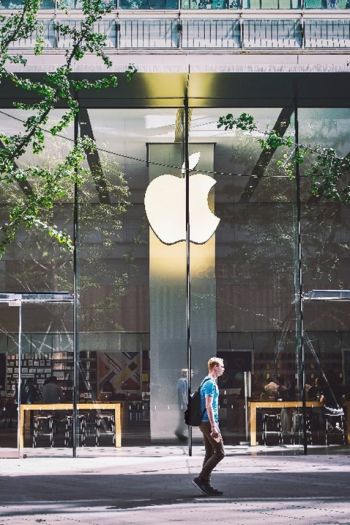A few years ago, we wrote about a store layout trade mark case in the USA. The case related to the layout of the Apple store. This is a relatively rare area of trade mark law and there is not much law on it. We were therefore interested to read about a recent store layout case in China.
The cause of action
Decathlon sued a Chinese outdoor sports company for using a store layout that was identical or confusingly similar to its store layout. The case was founded on the grounds of unfair competition. The Chinese court set out the requirements for a successful action as follows:
- there must be distinctiveness – the plaintiff's layout must be unique;
- there must have been considerable use of the layout, in other words "awareness"; and
- a connection must have been formed between the layout and the business.
These grounds are, of course, not dissimilar to the requirement of reputation or goodwill in South Africa in a passing-off case.
The nitty-gritty
Decathlon specifically sought to protect the "overall style and decoration" of its stores and it listed a full 22 different elements. Decathlon's layout has been described as being "striking", "minimalist" and "industrial" and Decathlon was able to show significant and continuous use of its layout.
Decathlon's evidence showed clear similarities regarding overall:
- style;
- specific decorative elements;
- colours;
- graphical layout;
- placement of posters; and
- price tags.
The company argued that consumers are familiar with the layout and that there is market awareness. It argued that consumers will create a connection between the décor/layout and the store. Decathlon was able to show that the companies were involved in the same business, sports products, and that they were competitors.
The result
Decathlon won the case and was awarded damages in the region of USD43.4-million. The defendant also had to publish an apology, which had to run for four weeks in the publication China Intellectual Property News.
Recognition of IP rights
This decision is encouraging, signalling that China may be moving away from being a country that does not recognise or protect IP rights. This decision is of particular importance to foreign IP owners in China, as China seems to be moving towards recognising the value and importance of IP rights.
Memories of Apple
When we read about the Decathlon case we immediately thought of the Apple store layout case in the USA, an issue we wrote about many years back.

Image source: Unsplash
We then reported on the fact that Apple had managed to get a US trade mark (aka "trade dress" in the USA) registration for the layout or interior design of the Apple store, obviously within the context of electronic goods. The registration in that case comprised a diagram and a very detailed written description:
"A clear glass storefront surrounded by a panelled façade... rectangular recessed lighting units within the store... cantilevered shelves below the recessed display spaces...rectangular tables arranged in a line in the middle of the store parallel to the walls and extending from the storefront to the back of the store... multi-tiered shelving along the sidewalls... an oblong table with stools located at the back of the store, set below video screens flush mounted on the back wall."
Apple's motivation for getting the registration was to deal with copycat stores in the company's largest market, China. Seemingly, the thinking was that trade mark registrations in China would follow the US registration.
In this case, the US authorities were not prepared to accept that the Apple store layout was inherently distinctive, but they did recognise that it had become distinctive as the trade mark of Apple as a result of extensive use going back to 2006.
South Africa
We'll end this piece by pointing out that the definition of a "mark" as defined in the South African Trade Marks Act, 1993 is very wide, "any sign capable of being represented graphically, including:
- a device;
- name;
- signature;
- word;
- letter;
- numeral;
- shape;
- configuration;
- pattern;
- ornamentation;
- colour; or
- container for goods or any combination of these.
This wide definition of a "mark" in the South African Trade Marks Act suggests that a store layout may also qualify for protection as a trade mark. Overall, these cases demonstrate the potential value and importance of protecting store layouts as a form of IP.
The content of this article is intended to provide a general guide to the subject matter. Specialist advice should be sought about your specific circumstances.

